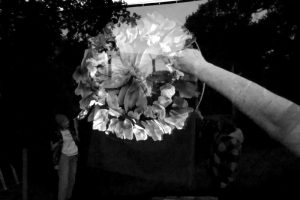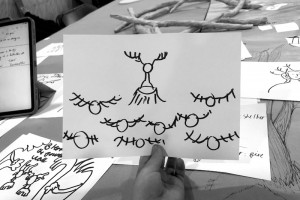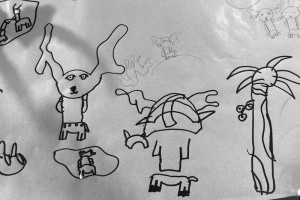Lou Chapelle has been commissioned by Heart of Glass to create a new piece of work for Knowsley Safari Park, as part of the Enchanted winter trail 2022.
People from the local area will be invited to take part in a residency with the artist to become one with the deers.
Knowsley Safari Park:
Eld’s Deer:
Eld’s deer, also known as the thamin or brow-antlered deer, is an endangered species of deer endemic to South Asia.
There are some Eld’s deer at Knowsley Safari Park (of the thiamine specie). working with JMU university they have a drone program, to help identify individuals in places such as Cambodia and South East Asia where poaching is an issue.
In over 200 recent years of known history, the number of this species has declined substantially. Based on estimated rates of the decline of this species assessed in three generations (supposed to be at least a 15-year period) for all the species, the average value is reported to be in excess of 50%. Based on this assessment, IUCN has categorized the species as Endangered. In this assessment for determining the species-level, the numbers in India were considered to be numerically small (also found to be increasing), hence the numbers of wild populations only of Eld’s deer P. e. thamin in Myanmar and P. e. siamensis of Cambodia, Laos and Vietnam were considered. The decline in population has been mainly attributed to hunting. In the case of the Myanmar thamin, the decline is discernible but not striking. The categorization is considered a middle-ground situation considering the extensively diverse conditions and conservation trends in the geographically isolated and distinct populations of this species.
In 2003, the estimated number of captive animals of the three subspecies in zoos were[1] 180 P. e. eldii, 1100 P. e. thamin and 23 P. e. siamensis.
link to National Geographic photoshoot here.
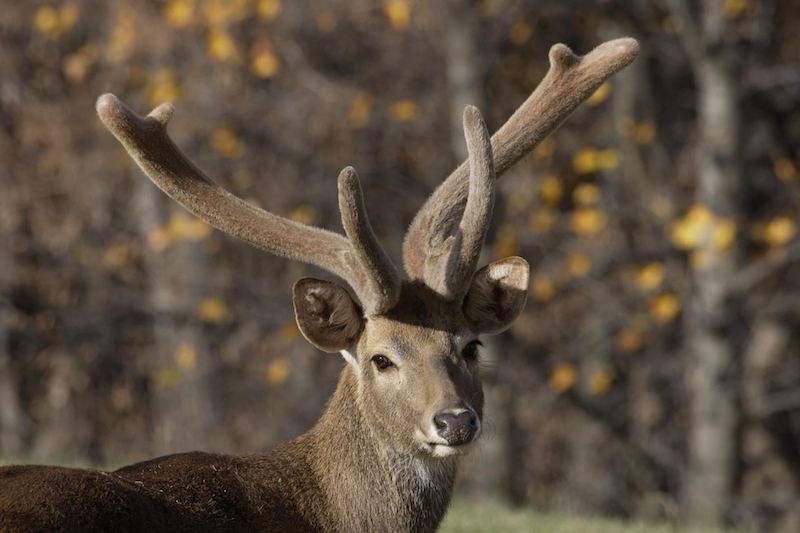
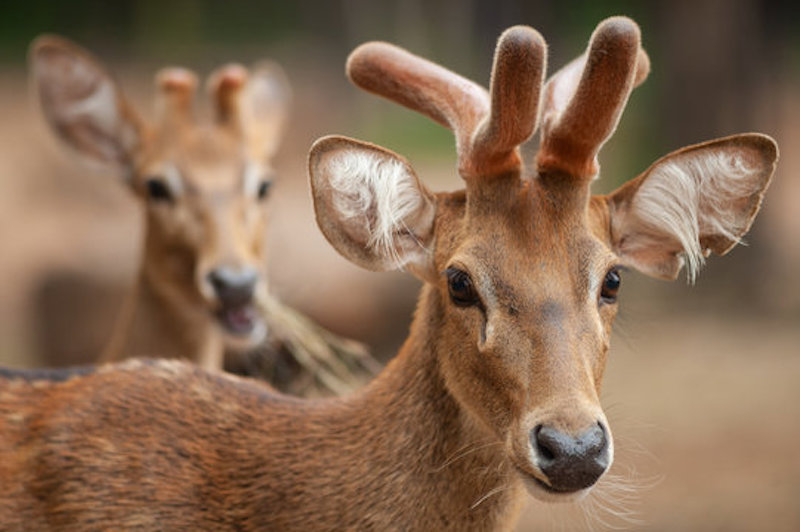
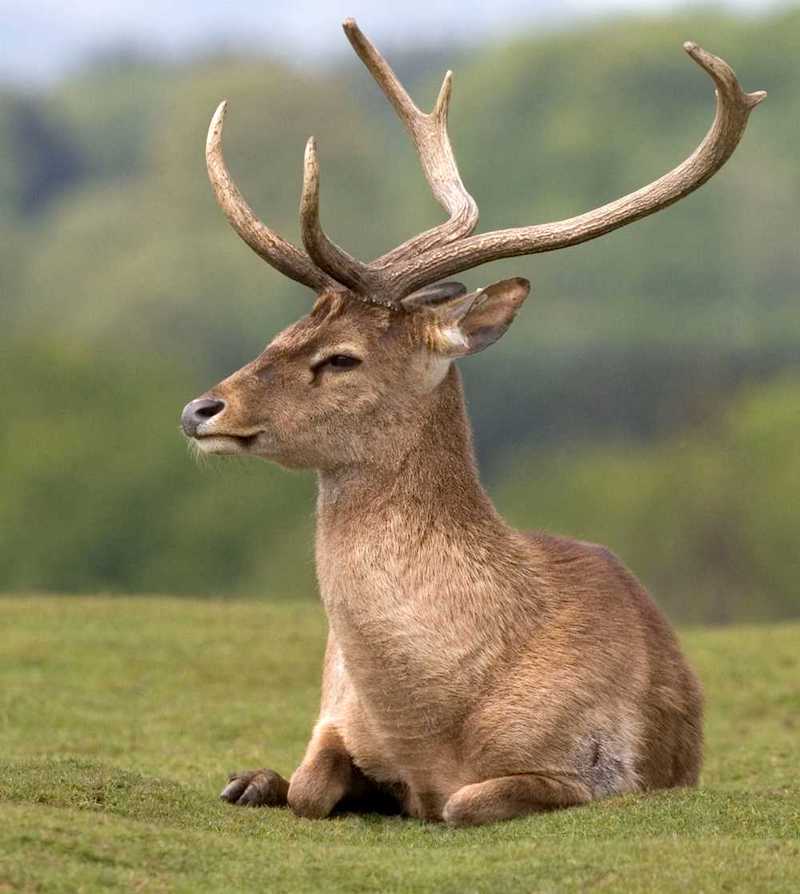
Père David’s deer:
The Père David’s deer (Elaphurus davidianus), also known as the milu (Chinese: 麋鹿; pinyin: mílù) or elaphure, is a species of deer native to the river valleys of China. It grazes mainly on grass and aquatic plants. It is the only extant member of the genus Elaphurus. Some experts suggest demoting Elaphurus to a subgenus of Cervus.[2] Based on genetic comparisons, Père David’s deer is closely related to Eld’s deer.
Père David’s deer were hunted almost to extinction in their native China by the late 19th century, but a number were taken to zoos in France and Germany and the deer was bred successfully in captivity. In the early 20th century, the British nobleman and politician Herbrand Russell, 11th Duke of Bedford, acquired a few Père David’s deer from the Berlin Zoo and built up a large herd on his estate at Woburn Abbey. In the 1980s, the duke’s great-grandson Robin Russell, 14th Duke of Bedford, donated several dozen deer to the Chinese government for reintroducing the species to the wild. As of 2020, the wild population in China was estimated 2825 individuals, with a further 7380 in various nature reserves in China.[5] All Père David’s deer alive today descend from the Herbrand Russell’s original herd.
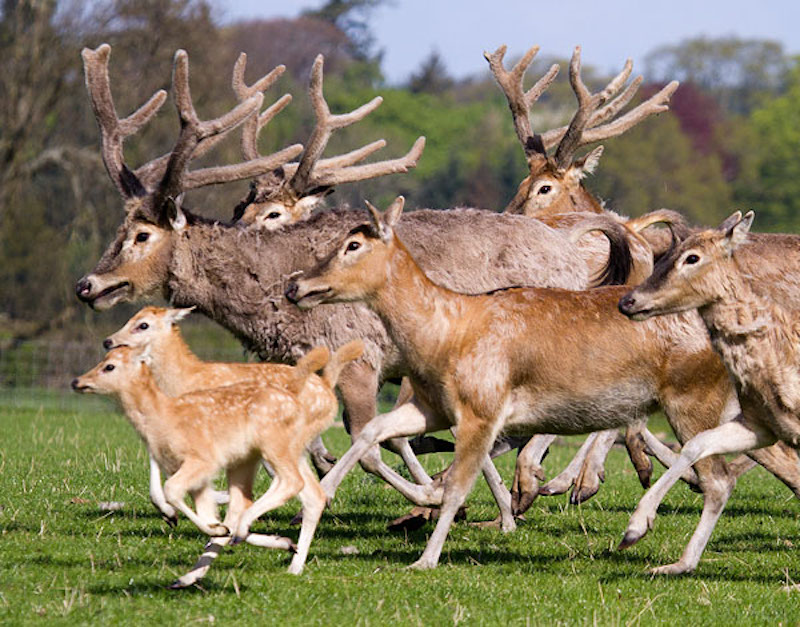
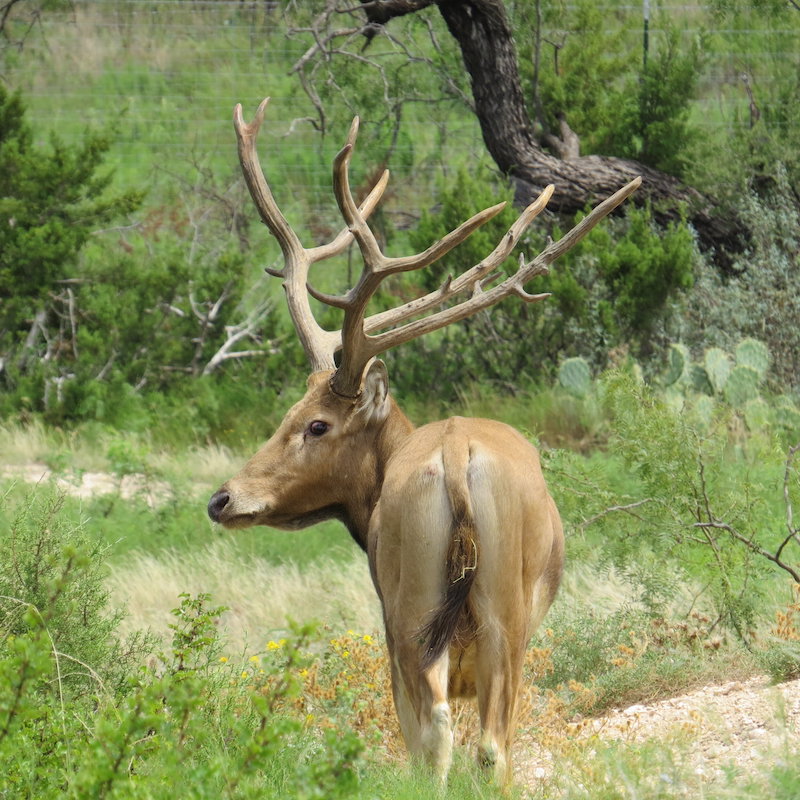
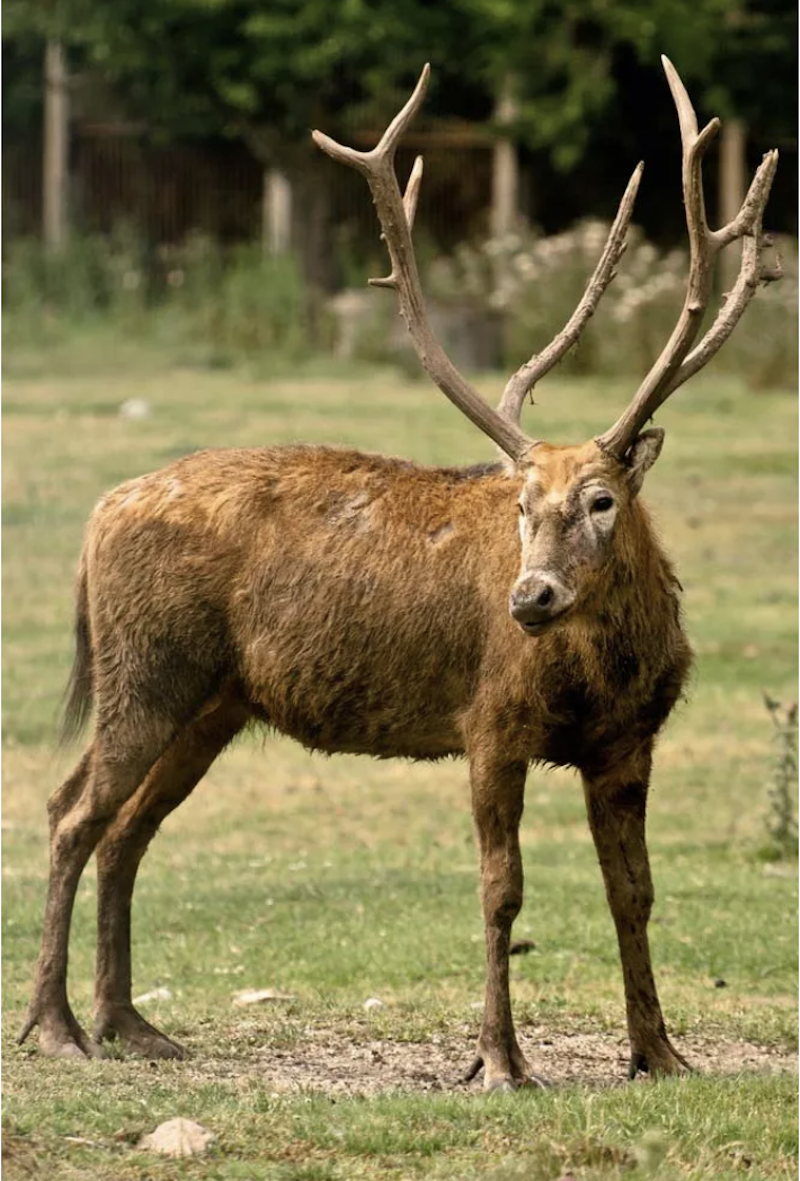
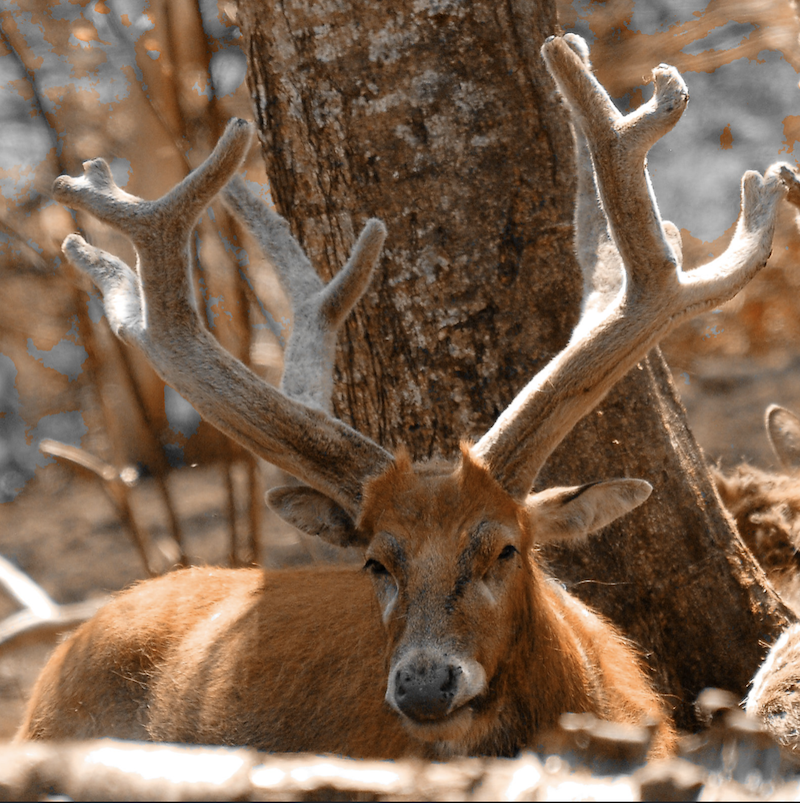
Chital/ Axis deer:
The chital (Axis axis; /tʃiːtəl/), also known as spotted deer, chital deer, and axis deer, is a deer species native to the Indian subcontinent.The chital is listed on the IUCN Red List as least concern because it occurs over a very wide range within which there are many large populations.
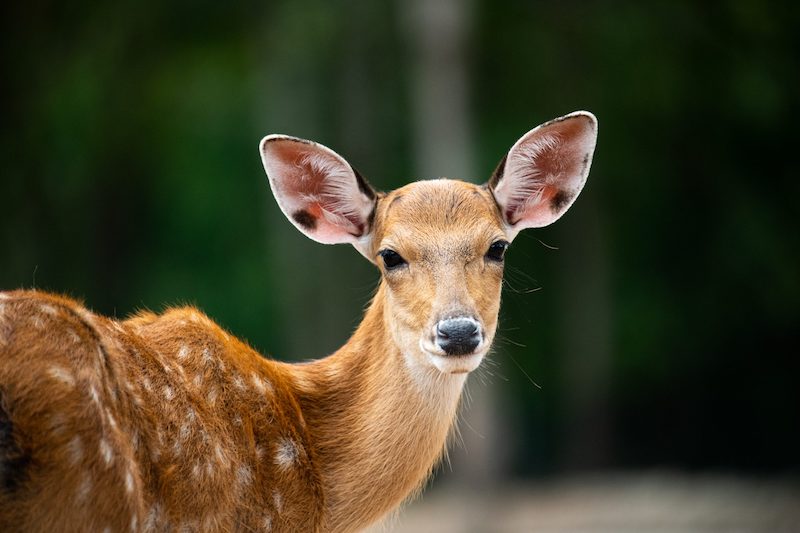
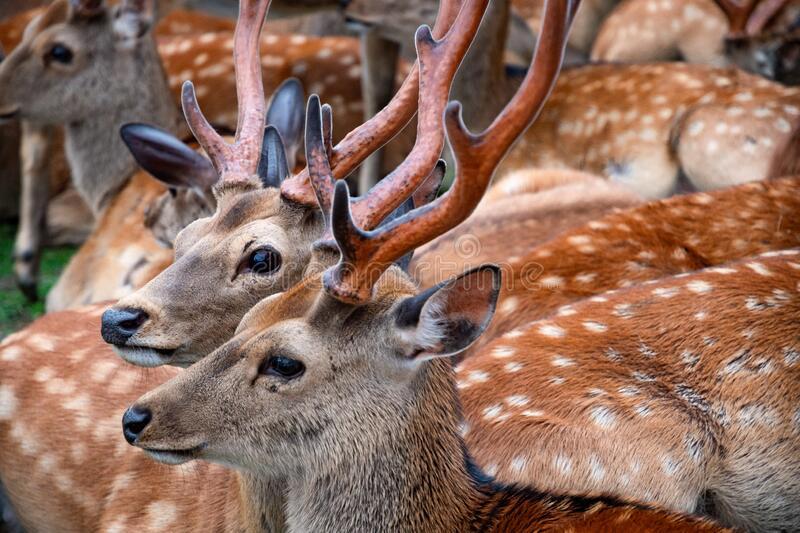
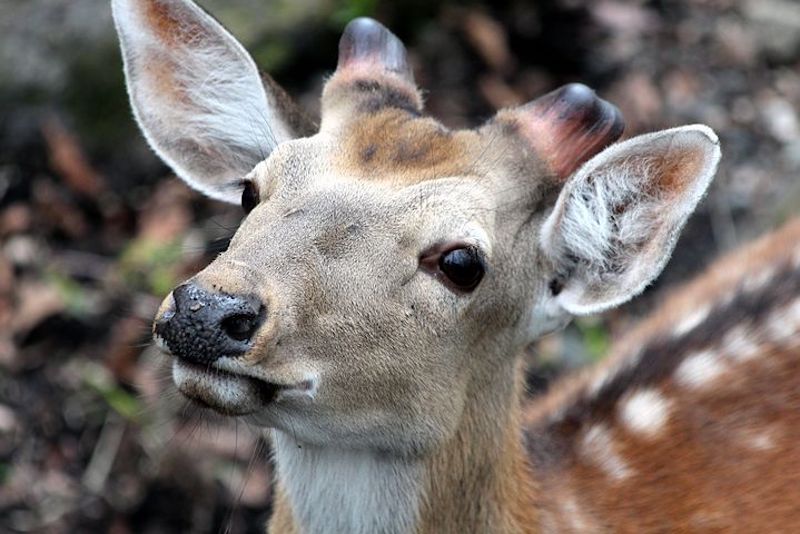
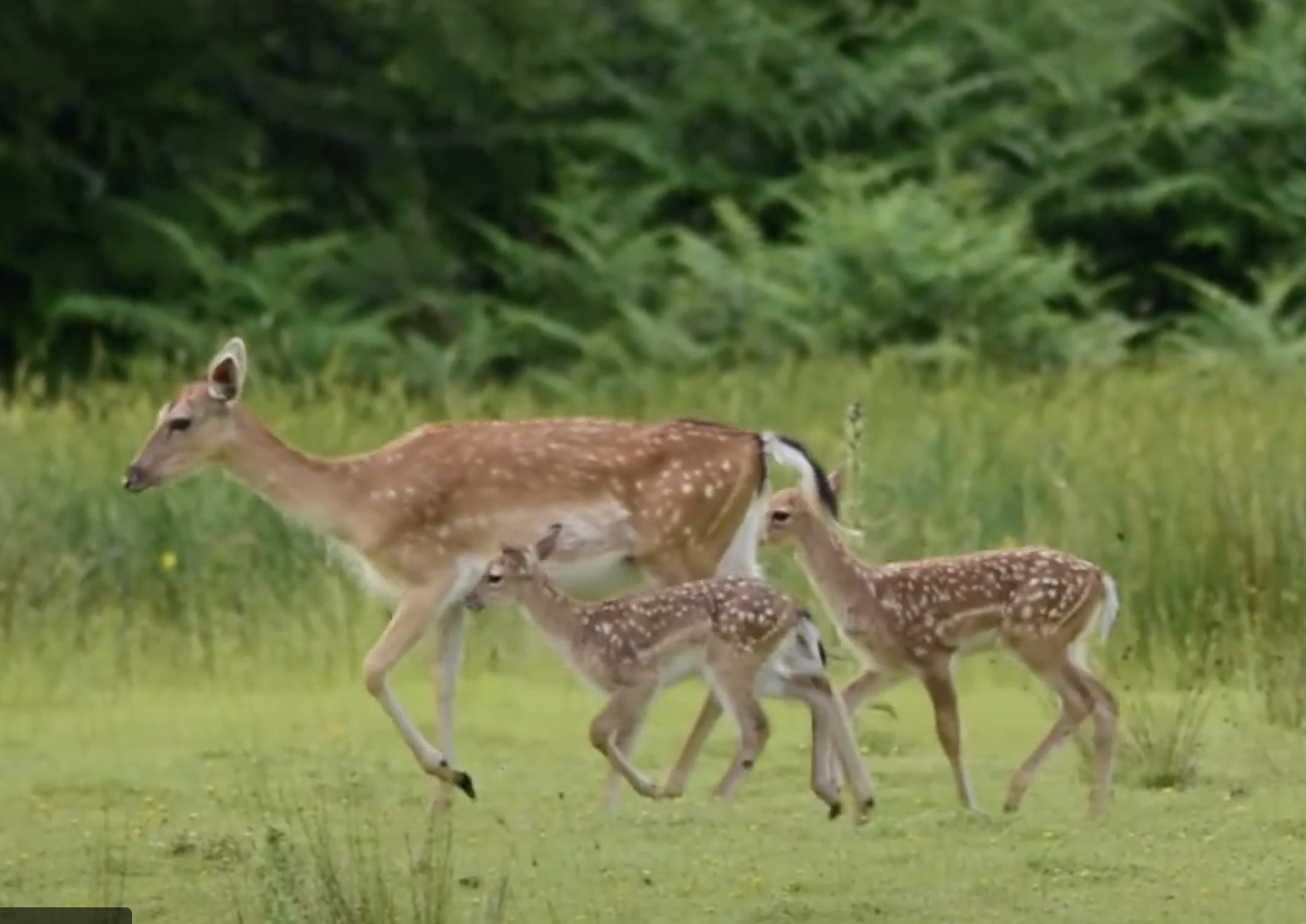
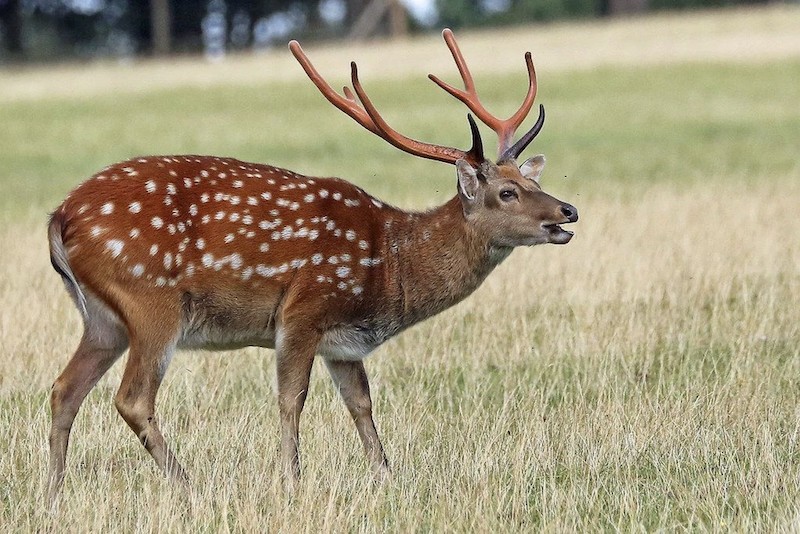
The UK’s deer population is believed to be at its highest level for 1,000 years, with some two million deer in our countryside and semi-urban areas. There are thought to be some two million red, roe, fallow, sika, muntjac and Chinese water deer. Numbers may have doubled since 1999.
Deers in UK countryside:
The 1963 Deer Act in England and Wales and in 1959 in Scotland prevented deer from being treated like vermin and controlled who could shoot them and how; gunshot (shotguns) was outlawed.
Six species of wild deers live in the British country side, red deer, sika deer, fallow deer, roe dear, muntjac deer, Chinese water deer.
https://bds.org.uk/information-advice/about-deer/deer-species/
Red deer migrated to Britain from Europe 11,000 years ago, making them one of two of the country’s truly indigenous species.
Fallow deer, not a truly native species, as they are thought to have been introduced by the Normans in the 10th century.
Roe deer, a native British deer, became extinct in England in the 1800s due to forest clearance and over-hunting, though the species remained in parts of Scotland. These days, they are widespread and abundant.
Muntjac deer was brought over from China in the early 20th century.
Chinese water deer, these non-native deer are without antlers
Sika deer, also known as Japanese deer, this medium-sized species arrived on Brownsea Island in Dorset in 1860. Escapees quickly spread through Britain, forming strongholds in much of Scotland.
more info on those deers here.
Sika deer in the UK were introduced from the Far East into Britain in 1860. While animals from a number of sources were introduced into enclosed parks the only free-living form in Britain is considered to be the Japanese sika. It is possible that almost all (if not all) living English, Scottish and some Irish sika are descendants from only one stag and three hinds introduced to Viscount Powerscourt’s deer park at Enniskerry, Eire in 1860.
Sika deers are found in the city of Nara and its many temples like Todai-ji, as they are considered to be messengers of the Shinto gods. Deer are considered messengers to the gods in Shinto, especially Kasuga Shrine in Nara Prefecture where a white deer had arrived from Kashima Shrine as its divine messenger. It has become a symbol of the city of Nara. Deer in Itsukushima Shrine, located in Miyajima, Hiroshima, are also sacred as divine messengers.
Sika are renowned for their repertoire of calls. From groaning stags to clacking noises, whistles and screams, they have a huge variety of vocalisations used in many different situations. Both sexes bark when alarmed. Listen here.

